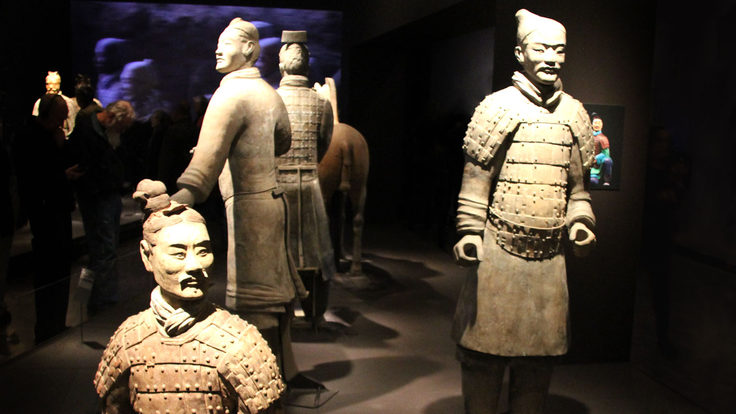During graduate school at the University of Rochester, Josh Cassada spent his time focusing on the smallest bits of the universe at a particle physics laboratory. In his upcoming adventure, he will find himself with a significantly broader point of view.
Cassada, who worked at Fermilab’s CDF experiment from 1995 through 2000, is a member of NASA’s recently selected eight-person 2013 astronaut candidate class, making him the first possible astronaut to come out of the laboratory. He begins two years of training in August.
“Finding out I’d been selected was incredibly unexpected and exciting and humbling,” Cassada says. “I’ve been very fortunate to do things that I just truly love, and they happen to apparently be good for what we’re going to do in manned spaceflight.”
Cassada’s earliest interest in science was sparked purely by the field’s difficulty. Physics was a whole new language to learn, an area that held endless surprises and challenges.
“Every corner was something new,” Cassada says. “That’s what for me has always been so exciting about science.”
After defending his PhD thesis in the winter of 2000, Cassada immediately joined the Navy—so immediately, in fact, that he couldn’t make his own graduation because he had to begin training. Cassada became a pilot, which required learning yet another new language, that of the world of aviation. Cassada stayed in the Navy until a few months ago, when he co-founded a business called Quantum Opus, which helps to develop and supply high-speed photon detection technology for researchers.
When Cassada applied for the astronaut candidate class, he went through two rounds of interviews and a physical examination with NASA. The whole process—which whittled down a group of over 6100 applicants, the second-largest application pool in NASA history—took about 18 months. Now Cassada is in the process of leaving his business and relocating his family to Houston for training.
Although the agency has selected its future space explorers, it is still deciding exactly where they will do their exploring—and how it will get them there. In addition to continuing NASA’s participation in the International Space Station (pictured above), the White House has proposed the first manned mission to an asteroid. Discussion also abounds about trips to the moon or Mars.
In a press release about the astronaut selection, NASA administrator Charles Bolden made his goals clear. "These new space explorers asked to join NASA because they know we’re doing big, bold things here—developing missions to go farther into space than ever before.”
Cassada, for one, says he is excited about whatever his role with NASA will be. He hopes to draw upon the problem-solving skills he learned at Fermilab as he joins a new world of exploratory science.
Cassada says he is grateful for the support he has received and for the chance “to participate in something that is really so much bigger than I am. [During the application process,] every time I would leave NASA, I left inspired. Exploration is really the foundation of the human spirit, whether that’s at the subatomic level or at the cosmic level. It’s so critical to society.”








